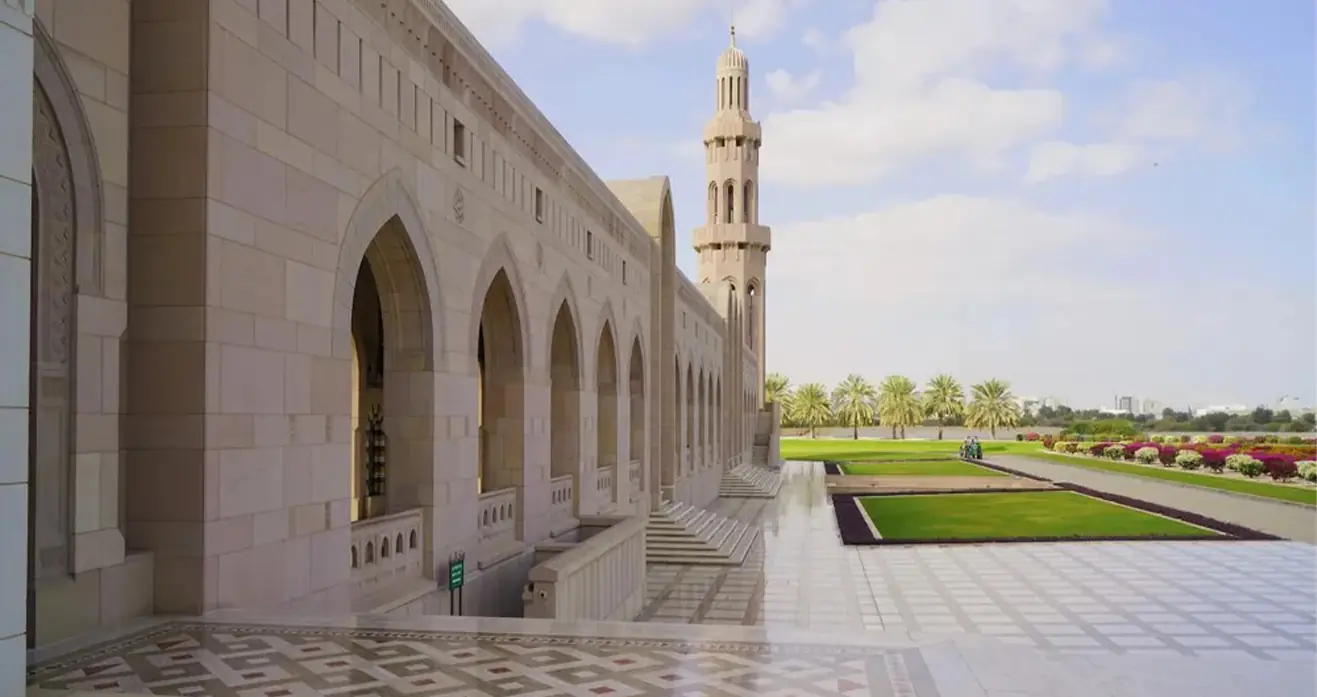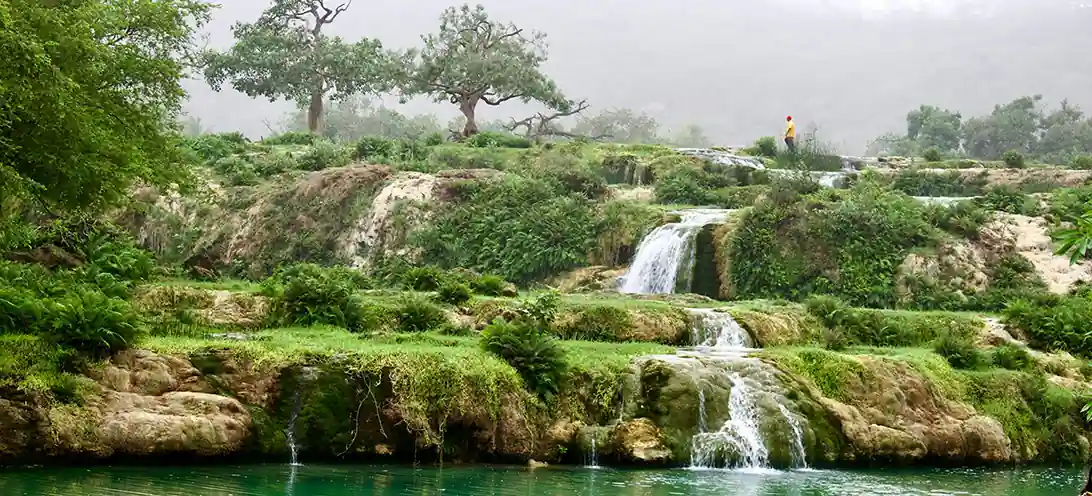Why Al Jalali is a Strategic Masterpiece
The sheer brilliance of the fort’s placement is immediately apparent. Positioned opposite its twin, Al Mirani Fort, the two fortresses created an impregnable defense system, securing what was once the most vital gateway for global maritime trade into the Arabian Peninsula. Its location strategically leveraged the surrounding rugged mountains, offering layers of protection against both naval assaults and land invasions—a testament to exceptional military foresight.
Architectural Fusion: A Legacy of Empire
The architecture of Al Jalali Fort is a captivating study in cross-cultural design. While initially built by the Portuguese in the 1580s, its final form is a harmonious blend of European military engineering and traditional Arabian aesthetic. This fusion is what makes the fort a unique tourist attraction in the Middle East.
Engineering Marvels of the 16th Century
Portuguese engineers introduced revolutionary defensive features to the fort’s design. The use of thick, reinforced walls and strategically angled gun ports allowed the fort to withstand the devastating impact of cannon fire—a major innovation for its time. They cleverly designed the entrance with a small, low-cut door inside the main portal, forcing visitors to enter stooping and one at a time—an early and brilliant security measure.
The Blend of Omani and European Styles
Look closely and you’ll see the traditional Omani plaster (sarooj) coating surfaces built with Portuguese masonry techniques. This blending of local materials with foreign design shows a unique architectural dialogue that took place during Oman’s golden age of global influence. The fort’s transformation from a grim prison into a prestigious Omani heritage museum is a powerful symbol of the nation’s resilience.
A Living Museum: Inside Al Jalali's Walls
Today, the fort’s interior offers a stunning contrast to its stern exterior. The fortress, now an exclusive private museum, is a treasury of Omani history, only accessible during high-profile state visits and special royal occasions.
A Glimpse into Royal and Military History
Inside, the military legacy is palpable. Original cannons, complete with their firing equipment, sit in the ancient gun ports, overlooking the sparkling Gulf of Oman. Beyond the weaponry, the central square tower showcases a rich collection of Omani cultural heritage: from exquisite ancient rugs and pottery to traditional jewelry and weapons, each item telling a tale of the Sultanate’s rich past. The ceremonial displays, including the elegant dining hall, highlight the grandeur of modern Omani royal traditions.
A Venue for State Splendour
The fort truly comes alive during state ceremonies. Imagine the sight of royal dhows and yachts sailing into the harbour, traditional bagpipers performing haunting melodies on the battlements, and spectacular fireworks illuminating the historic walls. This modern use cements Al Jalali Fort, Muscat, Oman as a key venue for diplomatic protocol and national celebration.
Plan Your Journey to Omani History
The story of Al Jalali Fort is the story of Oman—a testament to power, endurance, and cultural pride. Though visitor access is limited, the experience of viewing this majestic historical landmark from the Muttrah Corniche or the water is an absolute must-do on any Omani itinerary. It’s an unforgettable sight that connects you directly to the nation’s proud maritime history.
Ready to be captivated by the majesty of Oman’s past? Book a scenic boat tour of the harbour today to fully appreciate the impregnable grandeur of Al Jalali Fort and its twin, Al Mirani!
























